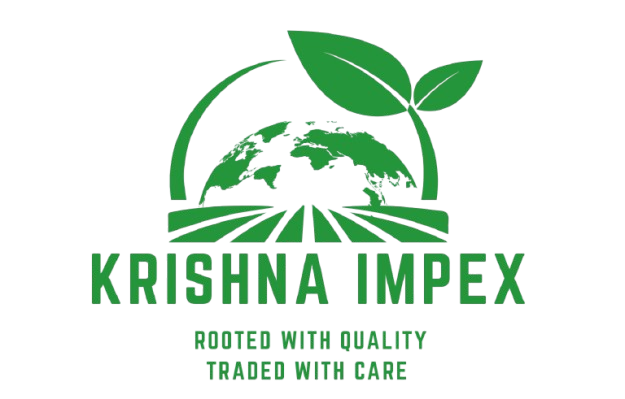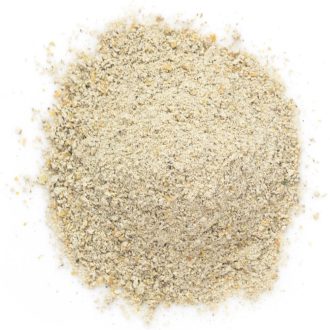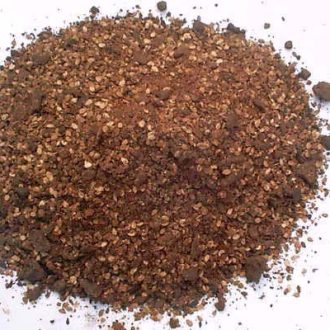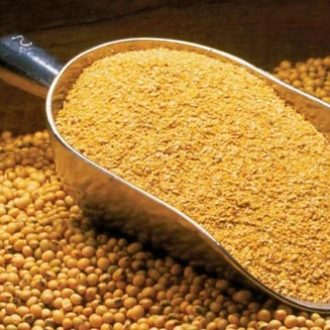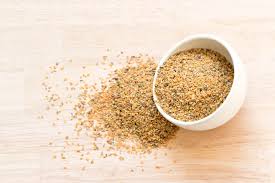Description
Specification of Rapeseed Meal
| RAPE SEED MEAL | SPECS |
|---|---|
| PROTEIN | 38% Min |
| MOISTURE | 12% |
| CRUDE FIBER | 12% |
| SAND/SILICA | 2.5% |
| FAT | 1.5% Max |
| AFLATOCXIN | 20% PPB Max |
| OIL CONTENT | 1.5% |
| PACKING | 25 kg, 50 kg New PP Bag |
Rapeseed meal is a protein-rich byproduct of rapeseed oil extraction, commonly used as animal feed. It contains a good balance of amino acids, but its use is limited by the presence of anti-nutritional factors (ANFs) like glucosinolates. Modern “double-zero” rapeseed varieties have been bred to reduce these ANFs.
- High in protein: Rapeseed meal typically contains 35-44% protein on a dry matter basis.
- Balanced amino acid profile: While lower in lysine than soybean meal, it’s richer in sulfur-containing amino acids.
- High in fiber: Crude fiber content ranges from 10-18% of dry matter.
- Rich in minerals: Contains calcium, magnesium, zinc, and copper.
- Contains bioactive compounds: Includes tocopherols, B vitamins, choline, and phenolic compounds.
- Contains anti-nutritional factors: Glucosinolates can affect animal health, but modern varieties have reduced levels.
- Byproduct of oil extraction: Generated during the production of rapeseed oil and biodiesel.
- Animal feed: Commonly used as a protein source for livestock, poultry, and fish.
- Potential for biorefining: Can be used to extract valuable components like proteins, phenolic compounds, and polysaccharides.
-
Anti-nutritional factors:Glucosinolates and other ANFs can affect animal performance and require careful management.
-
Amino acid profile:Lysine content may limit its use in some animal diets, and supplementation or mixing with other protein sources may be necessary.
-
Heat treatment:May affect protein quality and amino acid availability, so processing methods should be considered.
